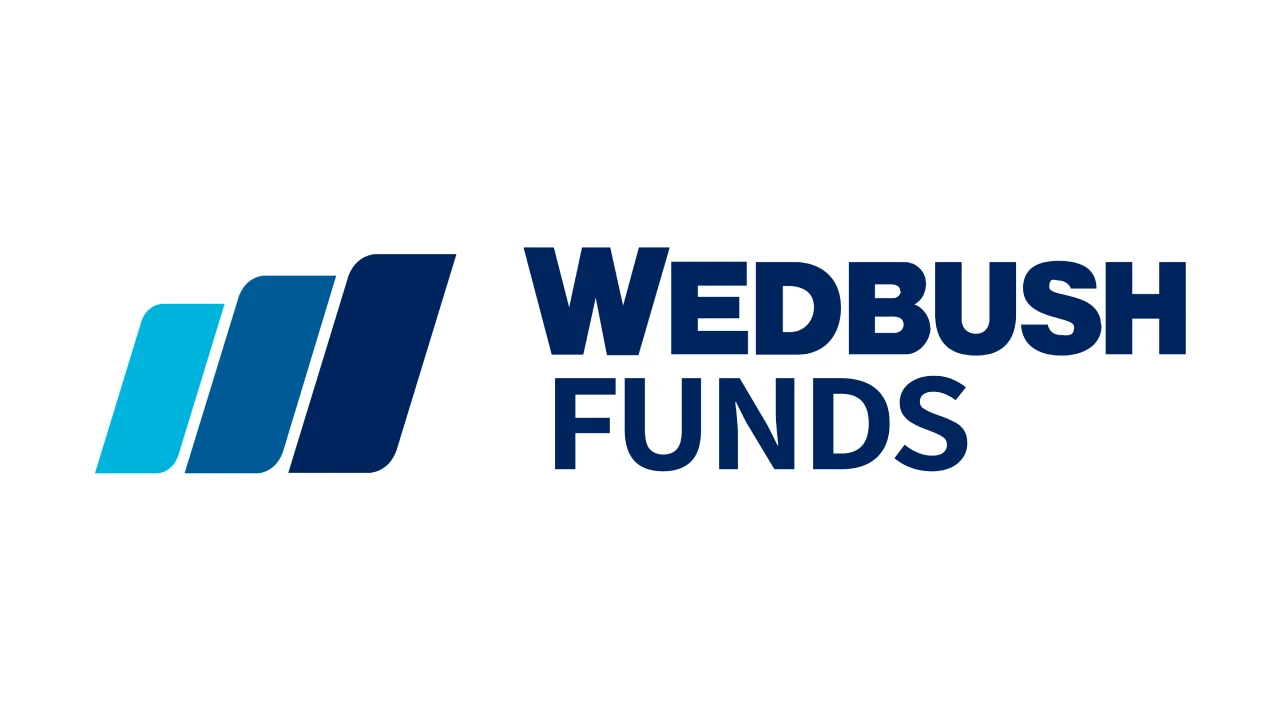Summary of the September 2025 AI Revolution Institutional Report
IVES AI 30 Update: Changes to the AI Revolution List
Dan Ives and the Wedbush research team have updated the IVES AI 30: adding CrowdStrike (CRWD), Roblox (RBLX), GE Vernova (GEV), and Nebius (NBIS) while removing CyberArk (CYBR), C3.ai (AI), Adobe (ADBE), and Elastic (ESTC). These changes reflect how AI adoption is scaling across industries and how new bottlenecks – from grid power to cyberattacks – are creating derivative beneficiaries.
The update comes as the AI Revolution enters its next gear of growth. Nvidia remains the anchor for compute, with AMD (Advance Micro Devices) and others supplying critical chips as GPU (Graphics Processing Unit) demand continues to outstrip supply. Hyperscalers are leading a wave of cloud and AI momentum, while consumer internet platforms like Amazon, Alphabet, and Meta stand to benefit as AI capabilities flow into e-commerce, search, and recommendations. Strength in software earnings underscores how the consumption phase is accelerating.
Additions to the IVES AI 30
- CrowdStrike (CRWD): Strong momentum in cybersecurity, with Charlotte AI and data-protection modules driving adoption and deal flow.
- Roblox (RBLX): AI-driven discovery is improving engagement and monetization, supported by a developer-friendly incentive model.
- GE Vernova (GEV): Benefiting from data-center electrification and grid management needs as hyperscaler buildouts accelerate.
- Nebius (NBIS): Expanding capacity to meet robust AI infrastructure demand, which continues to outstrip supply.
Removals from the IVES AI 30
- C3.ai (AI): Leadership changes and a sales reorganization create near-term headwinds.
- CyberArk (CYBR): Removed following its acquisition by Palo Alto Networks (PANW), which remains in the AI 30.
- Adobe (ADBE): Concerns over disruption risk in its product portfolio and a slower-than-expected start to AI integration.
- Elastic (ESTC): Public-sector softness, though the team remains constructive on the company’s longer-term potential.
Urgency & Opportunity
2025 is shaping up to be an inflection point year for AI spending and use cases. Enterprises are moving from idea to scale, with budgets tilting toward deployments that deliver measurable productivity gains. The second- and third-order effects are now visible at the edge: security, platforms, and the infrastructure that keeps data centers online. Power and electrification are emerging as clear derivative beneficiaries within the Autonomous/Robotics segment, reflecting the real-world constraints of running AI at scale.
Conclusion: The AI30 Evolves With the Revolution
The AI Revolution is no longer just about chips and cloud. Security, consumer platforms, and power infrastructure are now in focus—and that’s reflected in the updated AI30. For investors, professionals, and technologists, the AI30 continues to serve as a roadmap to the companies shaping this generational cycle.
Important Information
This content draws from the September 2025 AI Revolution report by Dan Ives and the Wedbush Research team. Excerpts are used under fair use for educational and informational purposes. All rights reserved to Wedbush Securities Inc.
This material is for informational purposes only and does not constitute investment advice or an offer to buy or sell any security. The views expressed are those of the authors and are subject to change. Investing involves risk, including loss of principal. Past performance is not indicative of future results.
References to specific securities are for illustrative purposes and do not constitute a recommendation.
Carefully consider the Fund’s investment objectives, risk factors, and charges and expenses before investing. This and other information can be found in the Fund’s prospectus, available at www.wedbushfunds.com. Read the prospectus carefully before investing.
Investing involves risk, including possible loss of principal. Narrowly focused thematic investments will be more susceptible to factors affecting that sector and subject to more volatility.
The Wedbush Funds are distributed by Foreside Fund Services, LLC.
Fund Holdings are subject to change. Please go to www.wedbushfunds.com/ives for further holdings information.
Shares of ETFs are bought and sold at market price (not NAV) and are not individually redeemed from the Fund. Brokerage commissions will reduce returns.
AI Technology Risk. AI technology is generally highly reliant on the collection and analysis of large amounts of data, and it is not possible or practicable to incorporate all relevant data into the model that such AI utilizes to operate. Certain data in such models will inevitably contain a degree of inaccuracy and error – potentially materially so – and could otherwise be inadequate or flawed, which would be likely to degrade the effectiveness of the AI technology. Companies involved in, or exposed to, artificial intelligence-related businesses may have limited product lines, markets, financial resources or personnel. These companies face intense competition and potentially rapid product obsolescence, and many depend significantly on retaining and growing the consumer base of their respective products and services. Many of these companies are also reliant on the end-user demand of products and services in various industries that may in part utilize artificial intelligence. Further, many companies involved in, or exposed to, artificial intelligence-related businesses may be substantially exposed to the market and business risks of other industries or sectors, and the Fund may be adversely affected by negative developments impacting those companies, industries or sectors.
Calculation Methodology Risk. The Index relies directly or indirectly on various sources of information to assess the criteria of issuers included in the Index, including information that may be based on assumptions and estimates. Neither the Fund nor the Adviser can offer assurances that the Index’s calculation methodology or sources of information will provide an accurate assessment of included issuers or a correct valuation of securities, nor can they guarantee the availability or timeliness of the production of the Index.
Concentration Risk. The Fund’s investments will be concentrated in an industry or group of industries to the extent that the Index is so concentrated. In such event, the value of the Shares may rise and fall more than the value of shares of a fund that invests in securities of companies in a broader range of industries.

